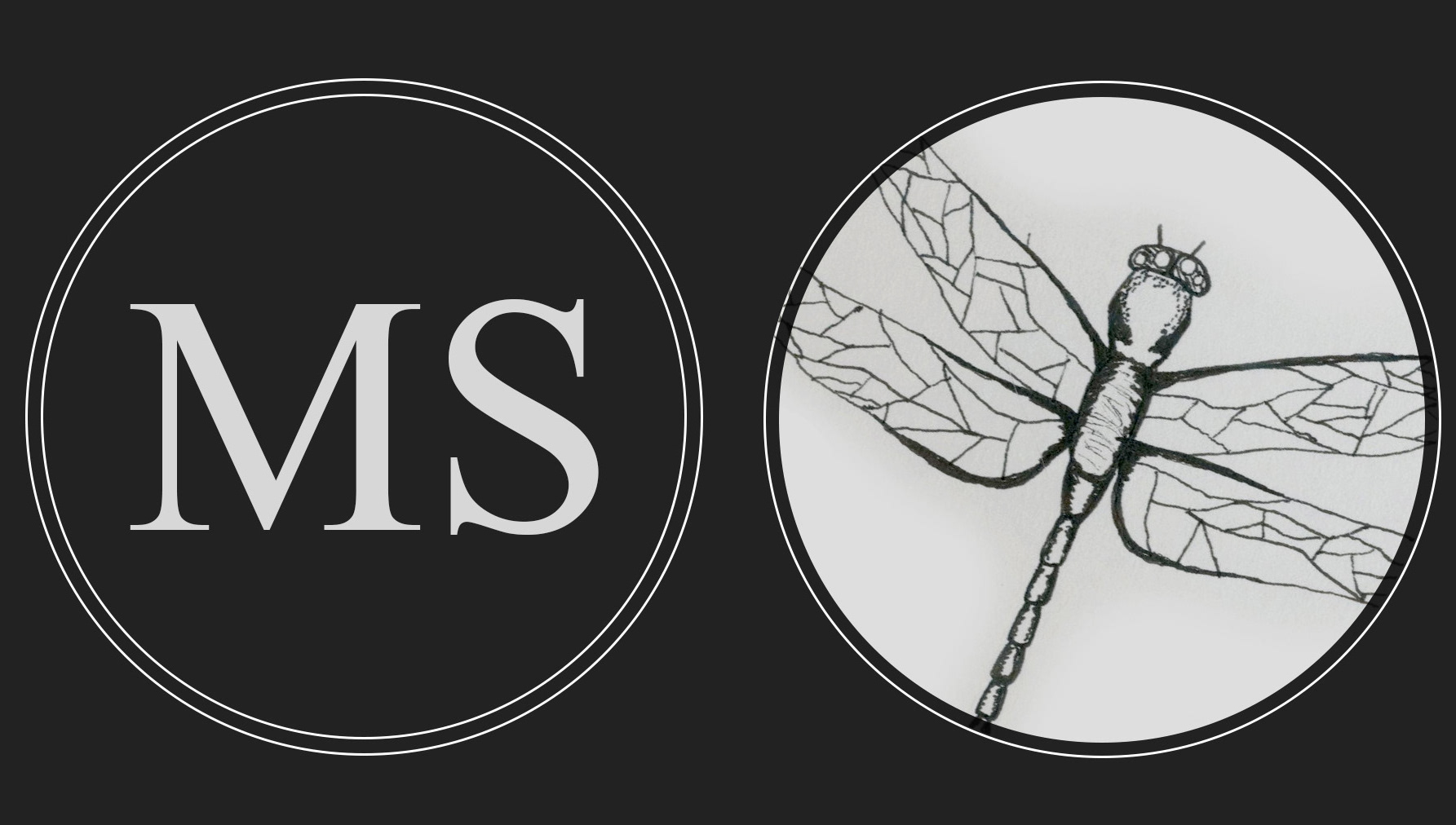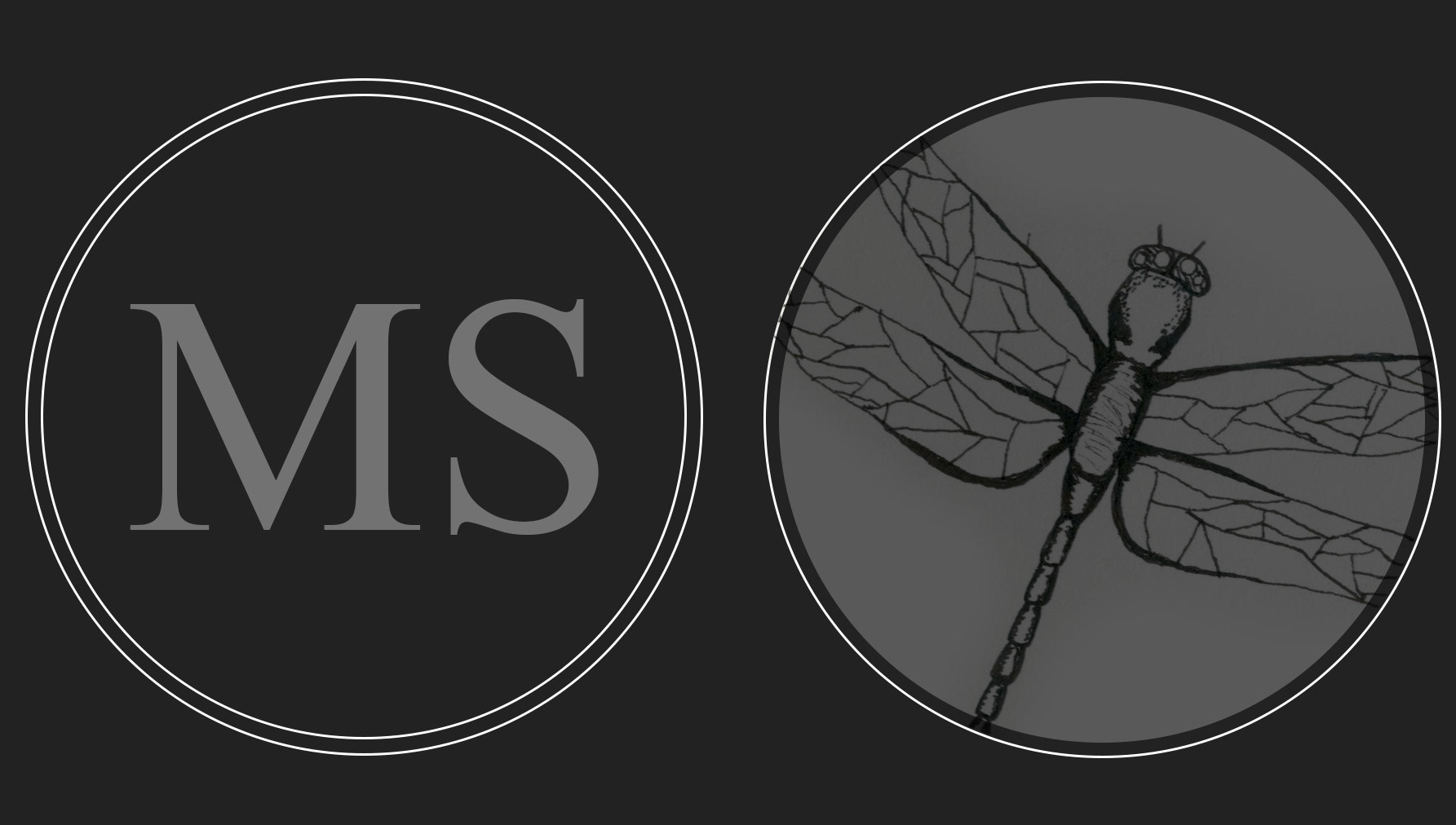A Center for Shipwreck Cartography
Spring 2021 | D6 | Professor Rabinowitz
Location: Historic Cocoa Village, Florida
Buoyancy is defined as “the ability or tendency to float in water or air or some other fluid”. Situated along the Space Coast of Florida, this project is dedicated to understanding and celebrating the importance of buoyancy to this region while remaining reactive to the fragility and instability of ground along the Intracoastal Waterway. The Space Coast is an inherently buoyant site with many ships coming in and out of the port, as well rockets being launched out of Cape Canaveral, establishing a significant relationship between the instability of the ocean's surface, the horizon, and the sublimity of exiting Earth's atmosphere.
A diagram of the various horizons that humanity has achieved, starting with the position of buoyant structures on Earth such as a boat hull at sea level, an airplane wing, and progressing upward into space where the horizon is viewed from the ISS, a GPS satellite, and the moon, until this view of the curve becomes figural (this point at which the view of Earth changes from a curve to a circle).
From this composite drawing of the measured human horizons I extracted the form of my building: one large curve and two circles of varying diameter. The building overall is this assembly of different human horizons that organize the three primary spatial components which are the public space (holding artifacts of shipwrecks), the atelier (which is a neutral buoyancy pool where synthetic aperture sonars will be built and tested//these sonars are used to scan and map objects on the ocean floor like shipwrecks), and the archive (where different maps of shipwreck locations are kept).
A palimpsest, or layering, of the historic Cocoa Village grid with the modern development of the town to further understand the relationship between old and new. Upon speaking to a long standing employee of the historic hardware store, S.F. Travis, I learned of an architectural peculiarity of the site, everything was sitting on top of a barge that served as a sort of makeshift foundation.
A local mapping of the Space Coast to further explore the relationship between the ocean floor and surface, and the quality of space that exists between the two.







A study of the figural horizon manifested into a space. Constructed with two circles of varying diameter, a cone.




Placing a shipwreck against the sky and placing outer space vessels underwater.




Controlled lighting to generate the feeling of being above or below the horizon. With the organization of the spaces I sought to frame views that are not normally experienced in their correct context such as having to look down and placing this view of space equipment underwater and vice versa in the main gallery where visitors have to look up at the shipwreck that is placed against the view of the open sky.

